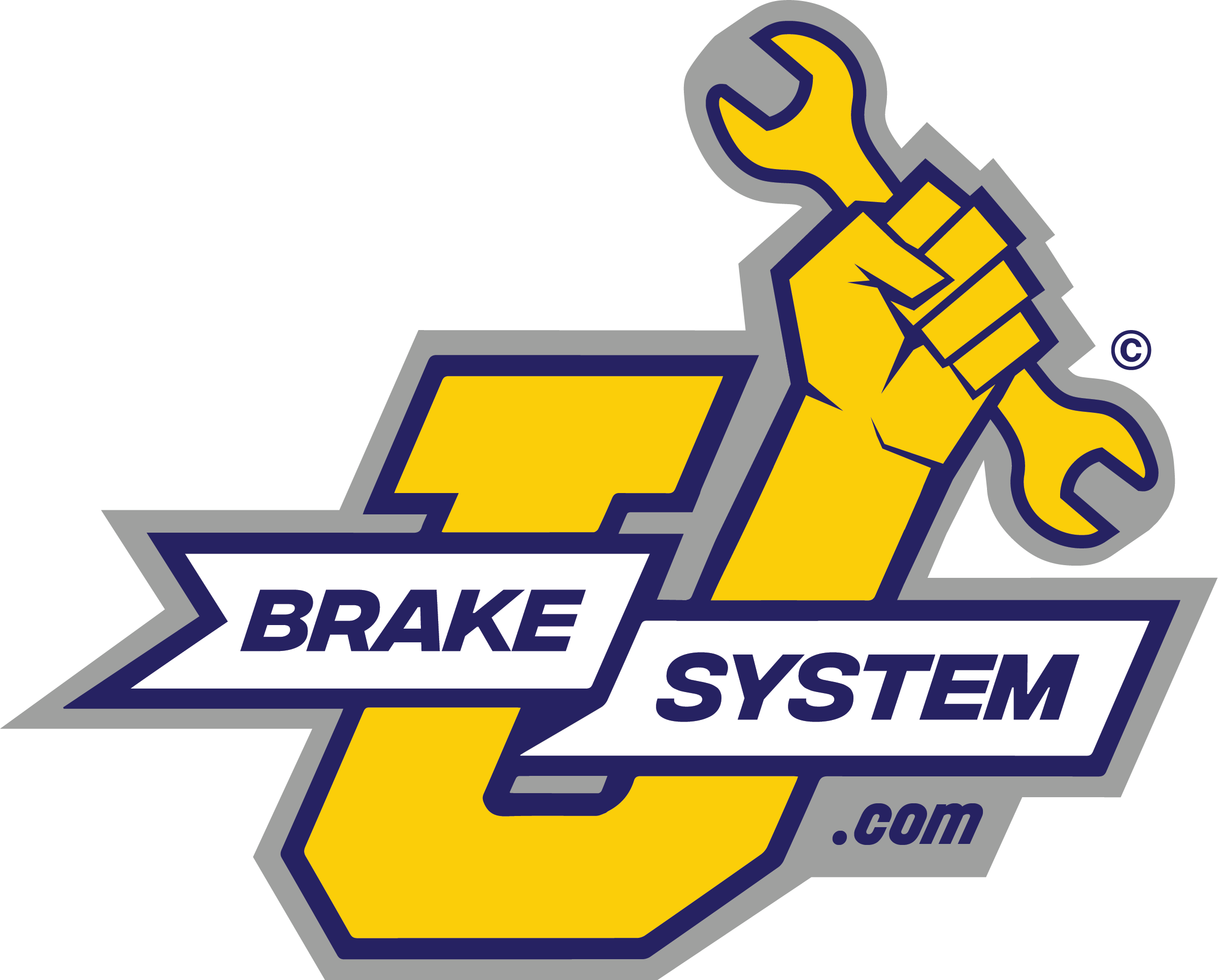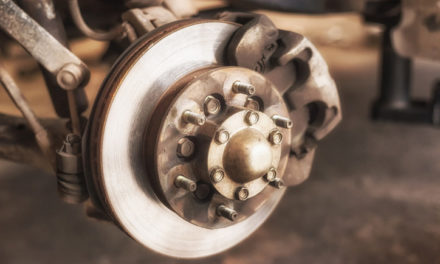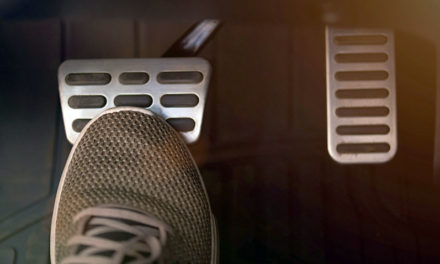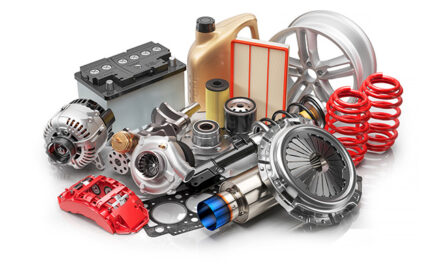Imagine you need new brake lines for your vehicle. Now think about having to choose between the numerous options available, from ordinary steel and stainless-steel brake lines to PVF and nickel-copper lines. The latter two are the focus of today’s in-depth comparison. The following showcases the advantages and drawbacks of PVF and nickel-copper brake lines, along with advice about both.
Pros and Cons of Nickel-Copper Brake Lines
Nickel-copper brake lines offer a few notable advantages over their PVF counterparts. For starters, the nickel and copper alloy composition gives these brake lines significant corrosion protection. These same traits also help nickel-copper brake lines last much longer than other types. The line itself is also easy to bend and flare with even the most basic of brake line tools. The impressive malleability of nickel-copper brake lines makes them ideal for creating lines with a variety of complex bends.
The same traits that make nickel-copper brake lines easy to manipulate also make it easy to damage them by accident. Nickel-copper brake lines are much softer than their PVF counterparts and more prone to damage, whether it’s a kinked segment or a poorly-formed flare. A light touch is usually recommended when working with nickel-copper brake lines. Nickel-copper brake lines also carry a slightly higher price tag when compared to PVF and stainless-steel brake lines.
Pros and Cons of PVF Brake Lines
When it comes to surefire protection against external corrosion threats like road salt and moisture, PVF brake lines lead the way. The polyvinyl fluoride coating surrounds the steel brake line, shielding it from debris and grime that could slowly corrode the line over time. The PVF coating is also baked onto the steel brake line, making it extremely durable. You won’t have to worry about the coating being chipped off or peeling off as time goes on. The PVF coating also won’t come apart as you bend and flare the line itself.
While PVF brake lines are well-protected on the outside, you won’t get that same level of protection against corrosion within the brake line itself. Moisture-contaminated brake fluid can put PVF brake lines at risk of corroding from the inside out. Internal corrosion not only weakens the brake line, but it also allows rust particles and other debris to freely circulate and put other brake system components at risk.
Some people might not like the all-black appearance of PVF brake lines, making their nickel-copper counterparts a more aesthetically pleasing alternative.
Which One Should You Choose?
If you’re looking for affordable and durable all-weather protection against corrosion, PVF brake lines fit the bill. Nickel-copper brake lines offer superior internal and external protection against corrosion, plus easier workmanship thanks to the softer alloy.










